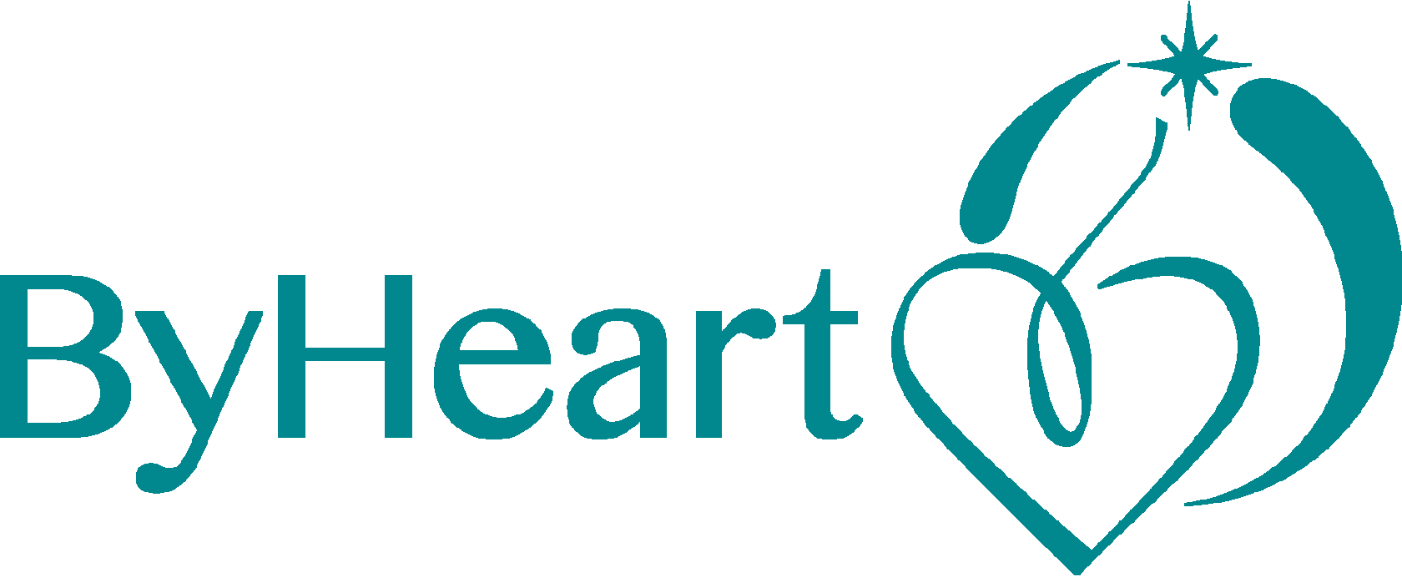Table of Contents
The Dance of Lead and Follow
Have you ever tried to lead something — and no one followed?
Maybe you spoke up in a meeting. Or tried to make a plan with a friend. Or stepped forward… and were met with silence.
I once stood in front of a room and asked the group to clap with me. No one did.
I laughed it off — because I knew to expect it.
I had – deliberately – attempted to lead when the conditions weren't there for those in the room to follow.
The word “leadership” lives high up — abstract, weighty, untouchable. This makes leadership hard to get at. Hard to see. Impossible to touch.
So let’s bring it down to the ground. Let’s make it a verb.
How do you lead?
Most people try to lead by doing something to the other.
They push. They persuade. They pull.
That’s what I saw when I taught my first Tango classes.
I’d ask the “leads” in each pair to initiate movement — and almost every one of them did the same thing.
They pushed their partner. Nudged them. Tried to make them move.
It wasn’t cruel. It wasn’t meant to be unkind. It was just… the only image of leadership they knew.
But when I asked their partners how it felt?
“Like I was being shoved around.”
“Like I was a puppet.”
“Like I wasn’t a person, just a thing.”
When those same people switched roles, something shifted. Having felt the discomfort of being done to, they didn’t want to pass it on.
That’s when I realised: most people don’t need to be told what leadership is.
They need to be shown how it's done.
Because real leadership doesn’t start with a push. It starts with something else entirely.
It starts with joining up.
Leadership begins with joining up.
Lead and Follow: Not Roles, but Rhythms
We’ve been taught to think of “leader” and “follower” as fixed positions. Opposites. A binary.
But in the real world — in movement, in conversation, in relationship — it doesn’t work like that.
Lead and follow aren’t roles you’re assigned once and for all.
They’re rhythms you move in and out of, often without noticing.
Skilful following isn’t passive.
It’s responsive. Attuned. Awake.
And leading isn’t about getting your way.
It’s about offering a direction — clearly enough, bravely enough — so that someone else can choose to come with you.
In Argentine Tango, the lead doesn’t yank or push.
They propose. Through their own movement. Through subtle, embodied signals that say: This is where I’m going. Will you come?
And the follower isn’t just executing.
They’re listening. Interpreting. Sometimes even answering with something unexpected — and the dance reshapes around that.
That’s how I’ve come to understand leadership, too.
Not as command. Not as control. But as co-creation. As shared movement.
When we drop the myth of leader-as-force and follower-as-submissive, we begin to see what’s actually there:
Two people, listening to each other through action.
So how do you lead — without pushing, forcing, or dragging?
Over time, I’ve come to rely on two guiding principles — simple, embodied ways of creating movement in connection.
They work whether you're in a dance studio, a boardroom, or a moment of emotional tension with someone you care about.
You don’t need special authority to use them.
Just presence. Intention. And a willingness to include yourself in the movement you hope to see.
I call this approach Meet and Lead.

Principle One: Meet
Before you ask anyone to move, create a sense of us.
In a conversation, that might sound like:
“We both want this project to succeed.”
In dance, it’s the physical connection — palms meeting, arms in hold.
In life, it’s the moment where you let someone feel recognised and included.
You, me, and us.
This is the foundation that makes trust and true communication possible.
Because people don’t follow instructions.
They follow connection.
Principle Two: Lead
Instead of trying to move them — take a step yourself.
Literally or metaphorically.
On the dance floor, you move your own feet.
In conversation, you offer your thought, your feeling, your direction — not as a push, but as an invitation.
This is the moment where leadership becomes tangible.
Because when you’re connected, and you move yourself, others can feel it.
And they often choose to move too — not out of obligation, but because the rhythm has changed.
They’ve been moved.
Not coerced. Inspired.
Tangible Leadership in the Everyday
You don’t need a title to be a leader.
You don’t need a team, a platform, or a strategy.
Leadership happens wherever movement happens — whenever something new begins, a tone is set, a pulse is shared.
It happens in the moment you shift your posture during a tense conversation, and the air becomes just a little easier to breathe.
It happens when you speak first in a meeting — not to dominate, but to make space for others to speak next.
It happens when a child hands you their drawing, and you receive it not as an interruption, but as a gift.
These actions represent leadership at its most tangible — not conceptual, but felt. Not authoritative, but attuned.
To lead is to move in a way that inspires movement.
To lead is to include yourself, and then act from that us.
To lead is to propose a rhythm — and let others join it in their own time.
And yes, it’s beautiful when it happens.
Even in a room full of strangers, even among people who’ve never danced a step — something shifts. A flow begins. People begin to move together.
Not because they were told to.
Because something real invited them to.
An Invitation to Move Differently
Maybe something in you stirred as you read — a memory, a question, a flicker of recognition.
Maybe you’ve been leading all along, without naming it.
Or maybe you’ve been waiting — sensing that there must be a way to lead that doesn’t require force, or armour, or pretending to know.
This is that way.
You don’t need to change who you are.
You don’t need to command attention, or outpace the room.
You only need to begin — by joining up.
And then, when you’re ready, by moving you.
That’s the first move. The human move.
The one others can feel — and choose to respond to.
If you’d like to explore this way of leading — one rooted in connection, clarity, and presence — you’re welcome to begin with Meet and Lead.
You can bring your questions into a Nesting Call — a tender space to explore where your leadership is already showing up, and where it’s been on hold.
You might also enjoy Relating Everywhere — a companion piece to this one, tracing the subtle movements of connection in conversations, glances, and the in-between spaces of daily life.
And of course, you’re welcome to simply stay close.
Read. Reflect.
Notice the moments when you already move with grace.
Because leading isn’t something you wait to be qualified for.
It’s something you do — moment by moment, gesture by gesture.
You meet.
You move.
And something real begins.
Book a Nesting Call
A chance to explore where your leadership lives — and how it might be ready to evolve. No pressure — just bring what’s real, and we’ll begin there.
Meet Margarita
Learn more about who I am — and the journey that shaped this way of working with soul and strategy.
Keep reading
Discover how connection moves in the everyday — in meetings, friendships, even checkout queues. This companion piece invites you deeper.













Comments